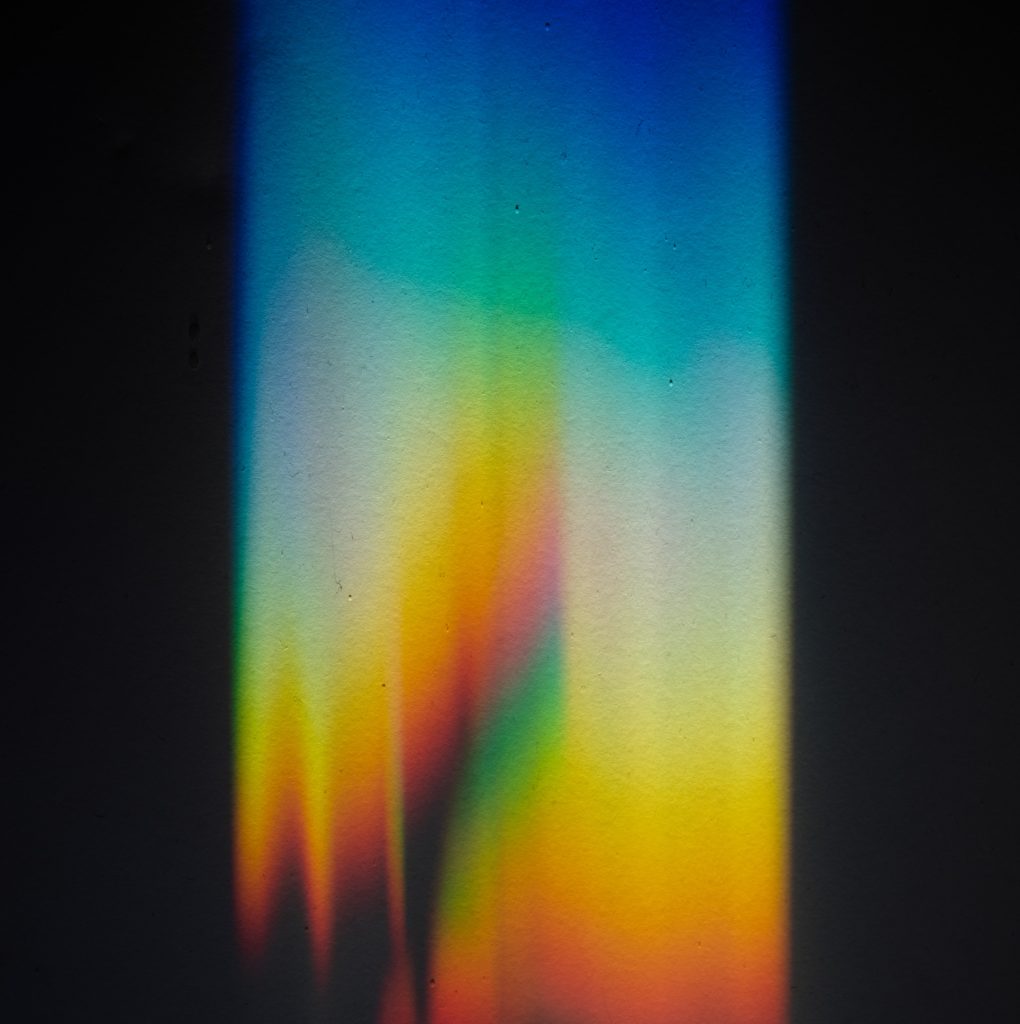Quantum computing, the cutting-edge field that holds the promise of revolutionizing computation, relies on harnessing the unique properties of quantum bits, or qubits, to perform complex calculations. One key aspect of quantum computing involves using optical photodiodes to detect and manipulate photons, which can encode and transmit quantum information. Let’s explore the pivotal role optical photodiodes play in quantum computing and how they contribute to the advancement of this transformative technology.

Optical photodiodes are designed to transform incident light into electricity. This occurs when photons from the incoming light create electron-hole pairs within the p-n junction, subsequently generating an electric current as these pairs traverse the junction. Notably, optical photodiodes exhibit sensitivity across a broad spectrum of wavelengths, spanning from ultraviolet to infrared, enabling them to be utilized for tasks like light intensity measurement, position detection, and color analysis.
These versatile devices find applications in various domains, encompassing consumer electronics (e.g., cameras and light meters), industrial settings (e.g., barcode scanners and smoke detectors), as well as scientific research applications, such as spectroscopy and microscopy- where their light-sensing capabilities play a pivotal role.
Optical Photodiodes and Quantum Computing
Optical photodiodes are crucial in quantum computing for a variety of applications. Let’s delve into how these devices are employed in the quantum realm:
Detecting Photons: Optical photodiodes are instrumental in verifying the proper functioning of a quantum circuit by detecting the presence of photons. This ensures that quantum information is being processed accurately, a fundamental requirement for quantum computation.
Measuring Photon Properties: Photodiodes are used to measure the properties of photons, such as polarization and energy. This information is pivotal for conducting quantum operations on qubits, the basic units of quantum information.
Generating Single Photons: The ability to generate single photons is essential for creating entangled states, a cornerstone of many quantum algorithms. Optical photodiodes contribute to this critical aspect of quantum computing.

Potential Applications of Optical Photodiodes in Quantum Computing
Linear Optical Quantum Computing (LOQC): LOQC is a quantum computing approach that utilizes photons as qubits and employs linear optical elements like beam splitters and mirrors for quantum operations. Optical photodiodes are employed to detect photons at the output of the quantum circuit, confirming the integrity of quantum information processing.
Photonic Integrated Circuits (PICs): PICs are compact chips containing optical components such as waveguides and couplers. They enable the construction of efficient quantum circuits. Optical photodiodes integrated into PICs play a pivotal role in detecting photons at the quantum circuit’s output.
Quantum Memories: Quantum memories are crucial devices for storing quantum information over extended periods. Optical photodiodes are used to read from and write to quantum memories, facilitating the preservation of quantum data.
Optical photodiodes are indispensable components of quantum computing systems. Their ability to detect, measure, and generate photons is instrumental in ensuring the integrity and efficiency of quantum information processing. As quantum computing continues to advance, optical photodiodes are expected to play an increasingly pivotal role in the development of large-scale quantum computers. The marriage of quantum computing and optical photodiodes holds immense promise for the future of technology and computation.